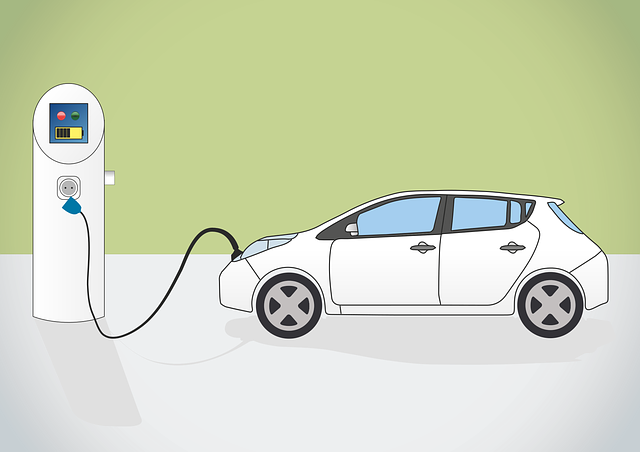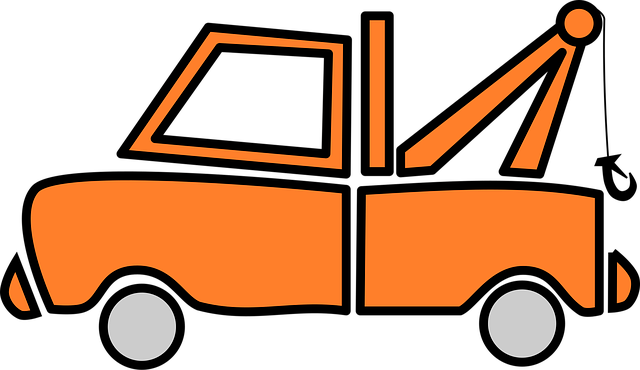Looking to register your car in California? This comprehensive guide will walk you through the process, ensuring a smooth experience. First, understand the requirements for car registration in California, including vehicle eligibility and residency proofs. Next, gather all necessary documents, such as proof of ownership and insurance. Learn about the crucial step of performing a DMV VIN verification to ensure your vehicle’s authenticity. Then, complete the application process at the DMV office, pay the registration fees, and receive your custom license plate.
- Understand Requirements for Car Registration in California
- Gather Necessary Documents for DMV Visit
- Perform VIN Verification: Steps and Importance
- Complete Application Process at the DMV Office
- Pay Registration Fees and Receive Your Plate
Understand Requirements for Car Registration in California

Before registering your car in California, it’s crucial to understand the requirements and steps involved. The California Department of Motor Vehicles (DMV) mandates several key processes for car registration, including a comprehensive vehicle inspection. This process ensures that all cars on the road meet safety standards and environmental regulations. One essential component of this inspection is the DMV VIN verification, where the unique Vehicle Identification Number (VIN) is cross-checked against the vehicle’s make, model, and year to ensure authenticity.
Additionally, for a smoother registration experience, consider opting for a mobile VIN inspection or using a mobile vin verifier. These services offer convenience by coming to your location, saving you time and effort in visiting a DMV office. This approach is especially beneficial if you have multiple vehicles to register or face challenges with transporting your car to a fixed inspection center.
Gather Necessary Documents for DMV Visit

Before heading to the California DMV, ensure you have all the essential documents for a smooth car registration process. One crucial document is the Vehicle Identification Number (VIN) verification, which can be easily obtained through a mobile vin verifier or by checking your vehicle’s documentation. This step is essential as it helps in identifying your car’s unique features and history.
Additionally, gather other important paperwork such as proof of insurance, registration from the previous state (if applicable), title documents, and identification like a driver’s license. A vin inspection might be required during the DMV visit to ensure the vehicle meets safety standards, so have all relevant records readily available.
Perform VIN Verification: Steps and Importance

Before you register your car in California, it’s crucial to perform a Vehicle Identification Number (VIN) verification. This process involves checking the accuracy and legitimacy of your vehicle’s unique VIN code, which is essential for ensuring that the car is safe and legal to operate on California roads. Start by obtaining a copy of your car’s VIN from its registration documents or the vehicle itself. Then, compare this number with what the DMV (Department of Motor Vehicles) has on record.
A reliable method for this verification is using a mobile vin verifier or performing a mobile vin inspection. These services allow you to input your VIN into an online database to cross-reference it against known records, identifying any discrepancies or potential issues like odometer rollback. By ensuring your VIN matches the vehicle’s actual characteristics, you protect yourself from buying or selling a car with hidden problems, making the registration process smoother and safer for all involved.
Complete Application Process at the DMV Office

To complete the car registration process in California, you’ll need to visit a DMV office and submit all necessary documents. First, schedule an appointment online or visit your local DMV during their operational hours. Once there, you’ll be guided through the application process, which involves filling out Form SM-45 (Vehicle Registration Application). This form requires detailed information about your vehicle, including its make, model, year, and unique identification number—the Vehicle Identification Number (VIN).
A crucial step in this process is the DMV VIN verification. The staff will cross-check your VIN against their records to ensure the vehicle’s authenticity and compliance with California’s regulations. They may also conduct a mobile vin inspection or use a vin inspection service to verify the vehicle’s history, ensuring it has not been reported stolen or has any outstanding issues. Proper documentation and accurate information are essential to streamline this process and avoid potential delays or complications.
Pay Registration Fees and Receive Your Plate

After completing the registration process and passing all necessary inspections, it’s time to pay your registration fees. The California DMV offers several payment methods, including online, by mail, or in-person at a local field office. Be prepared with your vehicle’s registration fee, which varies based on the type of vehicle and its age. Once the fees are paid, the DMV will issue you a unique California license plate. This plate is not only a requirement for legal road use but also serves as a visible indicator that your vehicle is properly registered with the state.
To streamline this process, many Californians opt for a mobile vin verification service using tools like a mobile vin inspection or mobile vin verifier. These services allow you to validate your vehicle’s history and comply with DMV requirements from the comfort of your home or on-the-go. By leveraging technology like these mobile vin verifiers, you can simplify registration, avoid potential issues, and ensure your vehicle is compliant with California’s regulations, all while saving time and effort.
Registering a car in California involves understanding specific requirements, gathering essential documents, and completing a straightforward application process. After performing a crucial dmv VIN verification to ensure vehicle authenticity, you can navigate the steps at the DMV office efficiently. Once approved, pay the registration fees, receive your license plate, and hit the road with a legally registered vehicle.
